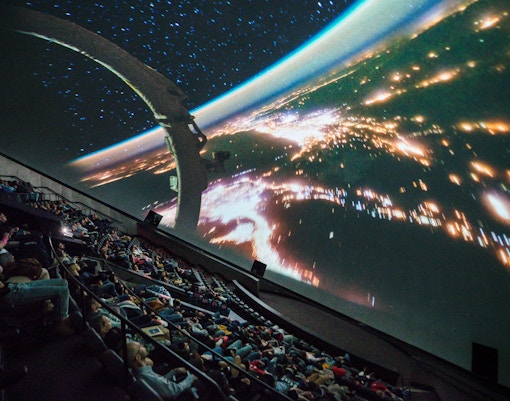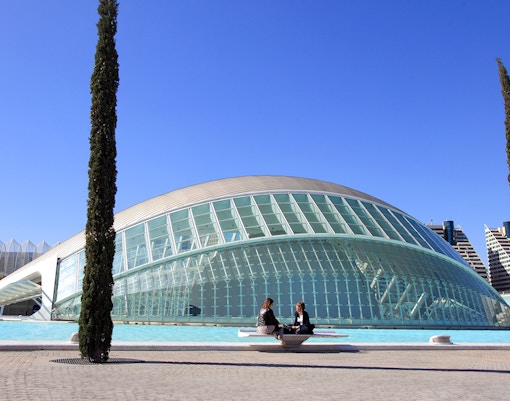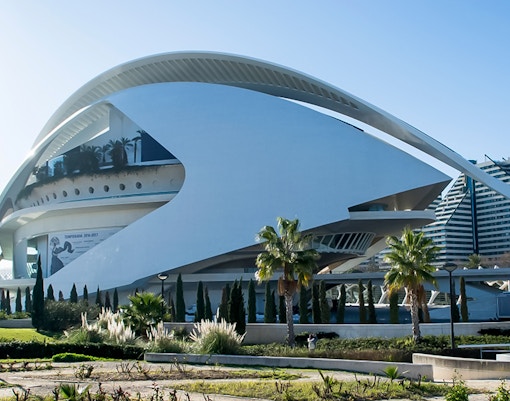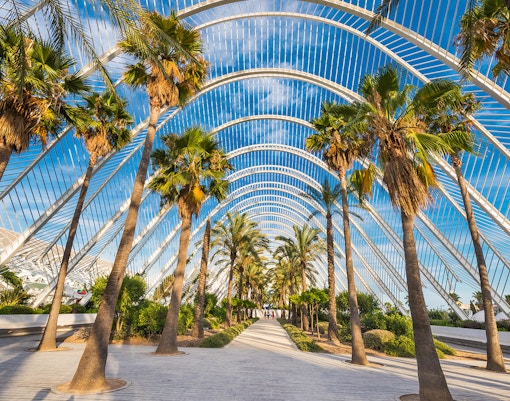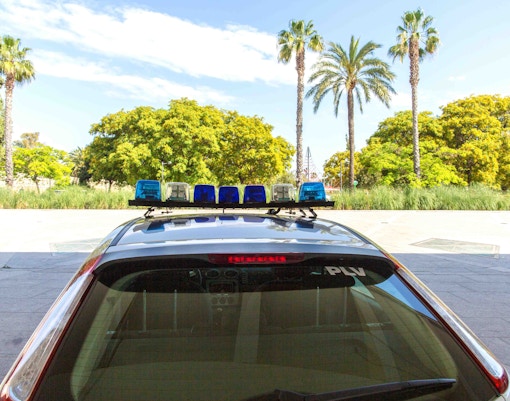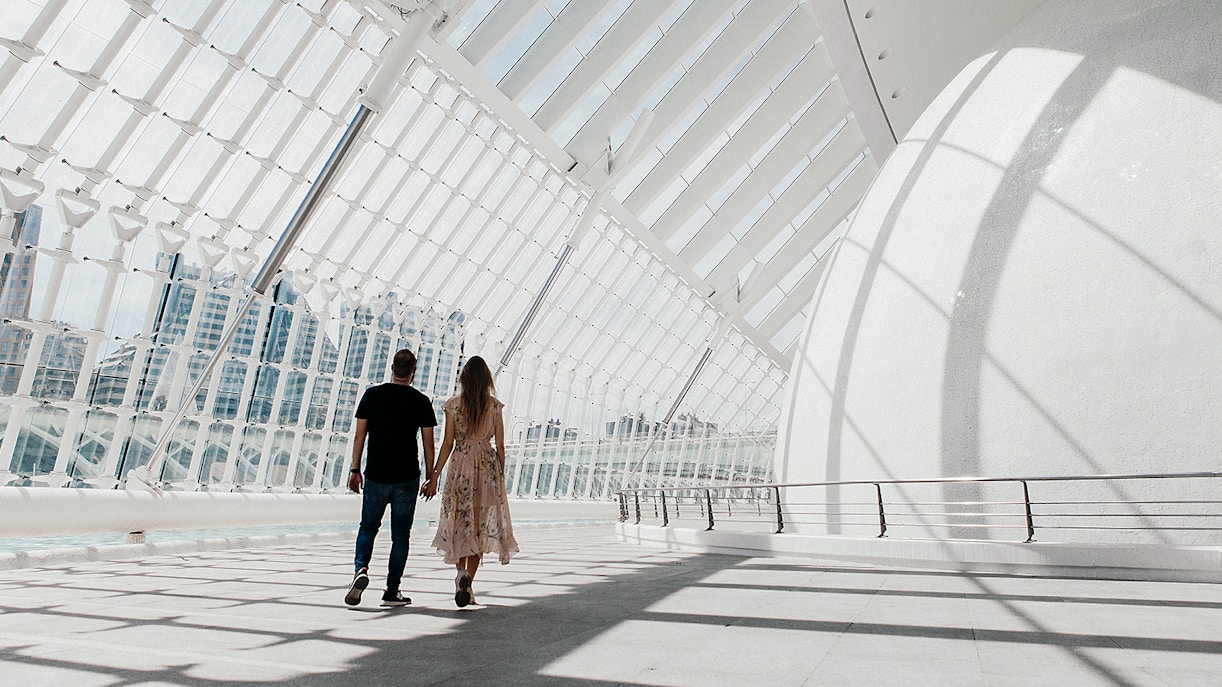Address: Av. del Professor López Piñero, 7, 46013 València, Valencia, Spain | Find on Map
The City of Arts and Sciences is located in Valencia, Spain, within the green stretch of the former Turia riverbed, which has been transformed into the Turia Gardens (Jardín del Turia). It's conveniently positioned about 3 km from Valencia’s historic city center and is well-connected by public transport.



